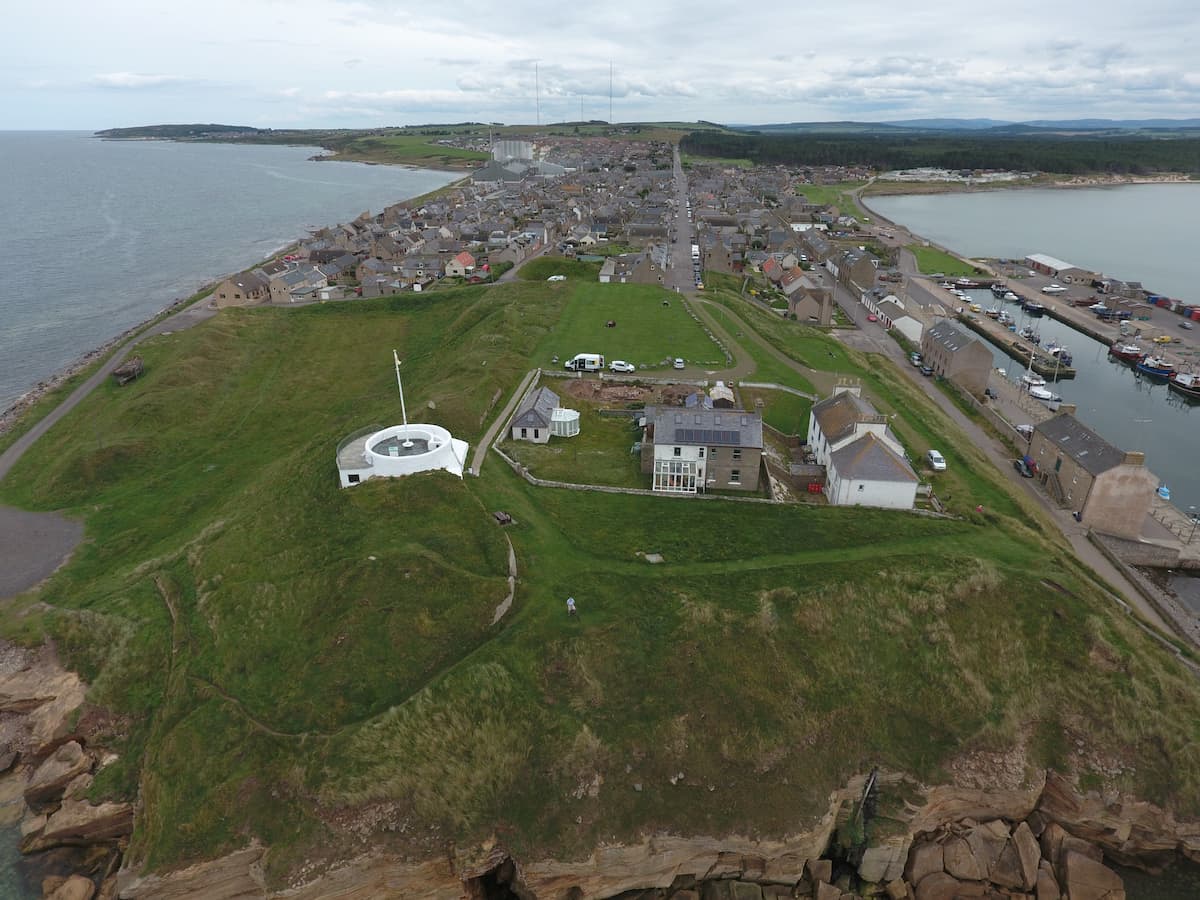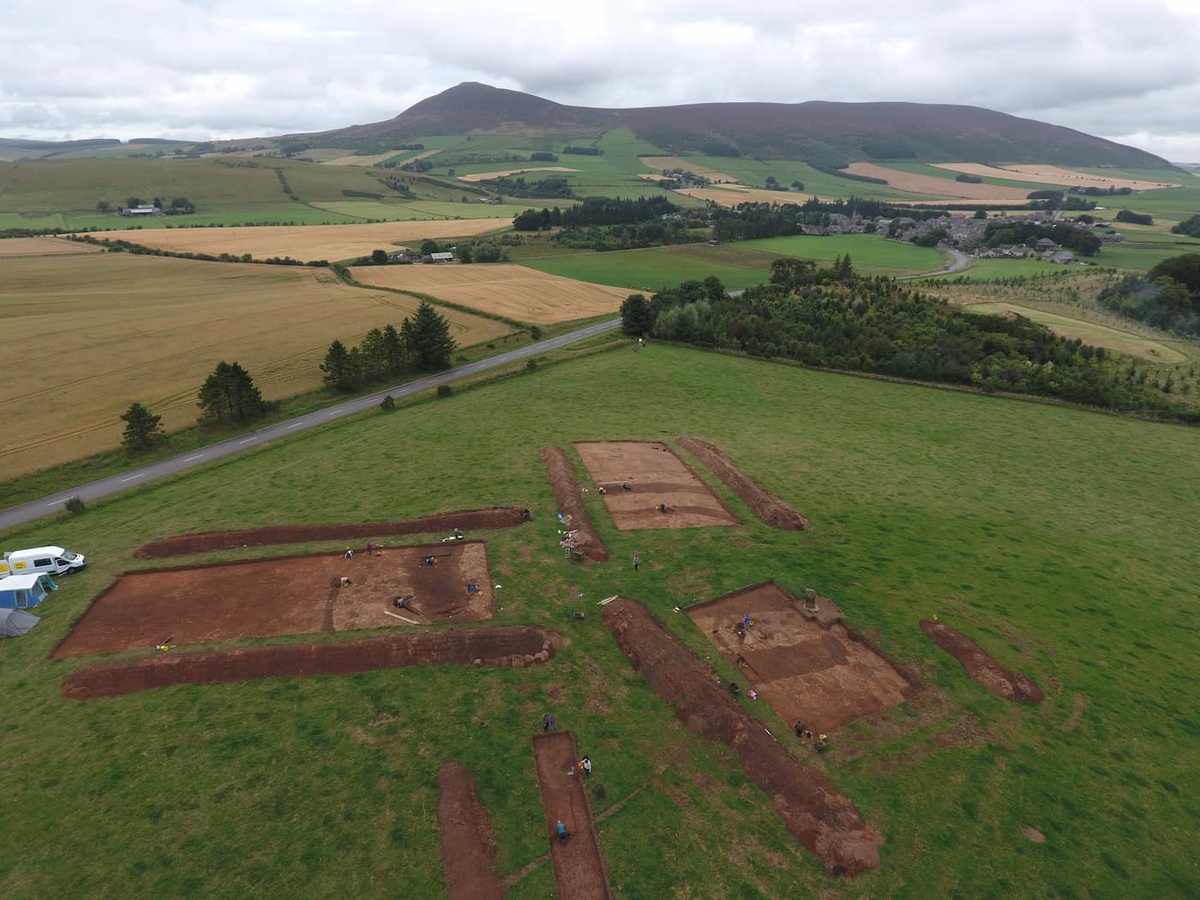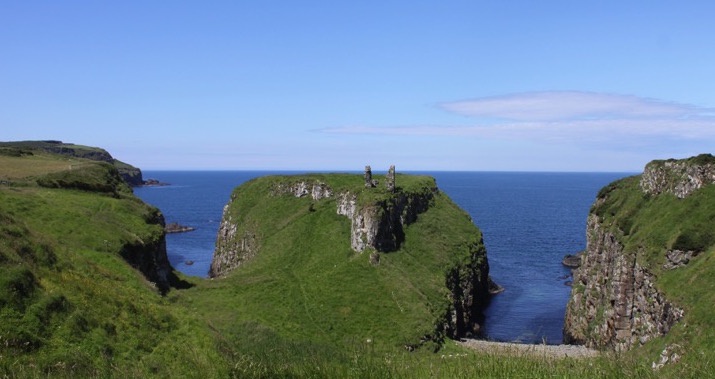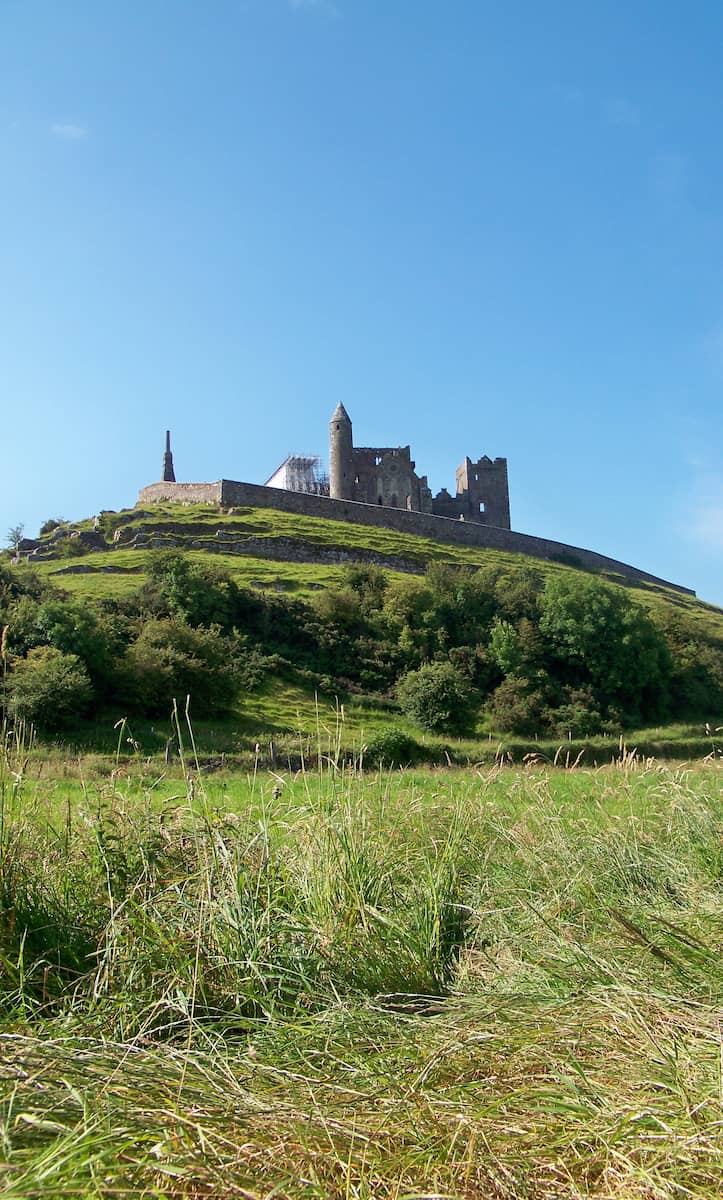
This research is generously supported through a
Leverhulme Leadership Award from the Leverhulme Trust
Overview
The nature of the societies and social, ideological and political frameworks that filled the chasm left by the demise of the Roman Empire in the 5th century AD - both within and beyond the Empire's boundaries - is one of the most contentious debates about late- and post-Roman Europe. Currently, broad-scale narratives remain largely concerned with the transformations of the late Roman World that gave rise to the so-called successor states at the core of Europe. However, these debates have largely proceeded apace without considering the increasingly rich evidence for complex, highly stratified societies, alongside developed strategies of rulership and governance, that emerged amongst the communities which originated beyond the edges of the Roman Empire. In northern and western Europe in regions such as Ireland and northern Britain, the social groups of Europe's post-Roman era witnessed a very different genesis and development to those of central and southern Europe, yet to date there have been no integrated and comparative studies of the evidence from the early kingdoms that lay beyond the boundaries of the Roman world.
This project adopts an innovative interdisciplinary focus that tackles the formation of the socio-political landscapes of Northern Britain and Ireland, utilizing archaeological, historical, toponymic and palaeoenvironmental methodologies along with Bayesian-modelled chronologies, to create a new synthesis of the dramatic changes that ultimately led to the formation of the state societies that existed beyond the edges of the Roman Empire.
- Case Studies in Comparative Kingship
-
The project is undertaking detailed study of three major polities: Pictland, Scotland; Dál Riata, Northern Ireland; and Munster, Ireland. Synthesizing and comparing the results of these case studies will help us better understand Northern Europe during the first millennium AD, as well as contribute to broader debates regarding this transformative period of history.
- Pictland
-
Pictland was the part of modern Scotland north of the Firth of Forth that was inhabited by the Picts. The Picts were a people who first appear in written sources at the end of the 3rd century AD. By the end of the 7th century, they were ruled by powerful over-kings based in the northern region of Fortriu, around the Moray Firth. All written traces of the Picts cease by the 10th century, and are replaced by the Gaelic kingdom and culture of Alba.


The Pictish promontory fort at Burghead
Excavations at the Pictish settlement and ceremonial centre at Rhynie, Aberdeenshire
There are two major landscape studies in Pictland: Burghead and Rhynie, both in northern Scotland. Traditionally, studies of Pictish state formation have focused on southern Pictland, though recent historical research has suggested the importance of the north. Although undocumented, Burghead is the largest first millennium AD fortified settlement known in Scotland. However, the chronology of this fort is poorly understood and there has been limited work undertaken in the interior and on the environs of the site. Similarly, the unrecorded enclosure complex at Rhynie has recently been identified as an important Pictish power centre, and continued work in the environs of this complex is needed to contextualise the significance of the wider landscape.
- Dál Riata
-
Dál Riata was a Gaelic-speaking polity spanning County Antrim in Northern Ireland and Argyll and the Inner Hebrides of Scotland, which relied on close maritime connections to establish and maintain power. By the end of the 7th century, it consisted of a number of Gaelic kingdoms, which were subordinate to an over-king. Having been conquered for a period by the Picts in the mid-8th century, Scottish Dál Riata re-emerged briefly before disappearing from records around 800 AD, perhaps due to Scandinavian conquest and settlement.

Dunseverick promontory fort (Image by Patrick Gleeson)
Detailed work has already been undertaken on the major centres of Dál Riata in Scotland, the most famous being Dunadd in Argyll. As such, this case study will focus on Dunseverick in Northern Ireland, a stunning promontory on the northern coast of Co. Antrim. This site has been identified as one of the major royal seats of the Dál Riata dynasty. Despite this, no modern excavation or survey work has been undertaken on the promontory and there has been no review of the wider archaeological landscape that includes the largest hoard of Roman coins ever recovered in Ireland and a probable inauguration site.
- Munster
-

Recent survey at Cashel has revealed an extensive series of unrecorded archaeological features indicative of a vast complex in the immediate vicinity of the Rock of Cashel. The character of these new features suggests the location developed from a major fortified site during the 5th and 6th century AD, and was later transformed into a major ceremonial seat of kingship and of the early Church.
Project Directors
- Prof Gordon Noble, University of Aberdeen (Principal Investigator)
- Prof Tim Mighall, University of Aberdeen
- Dr Patrick Gleeson, Queens University Belfast
- Prof Derek Hamilton, SUERC, University of Glasgow
Find Out More
You can follow our project on the social media pages of our sister project, Northern Picts. Our fieldwork and project results will be posted on Facebook and Twitter feeds of the Northern Picts project.
